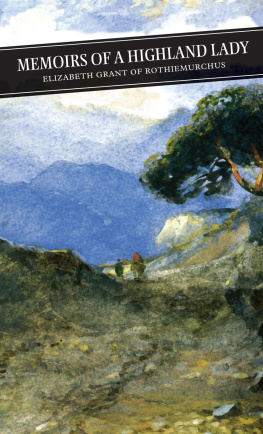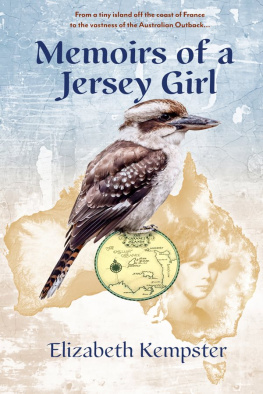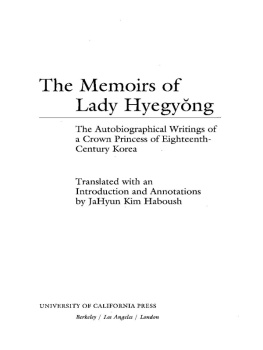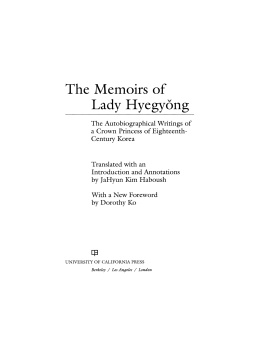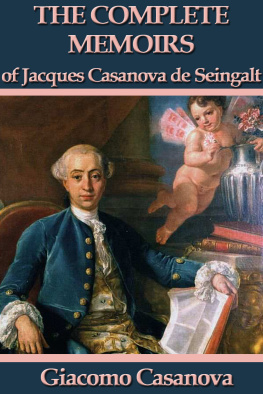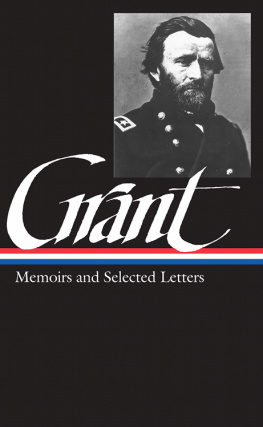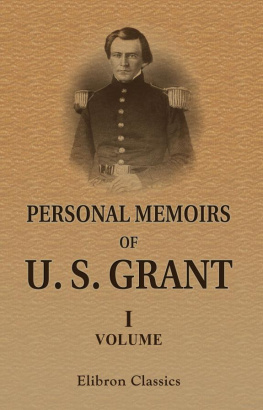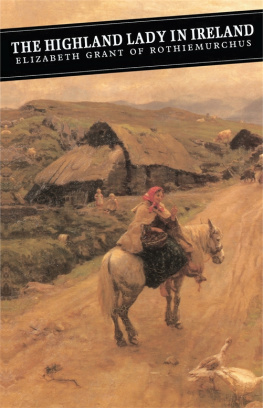Memoirs of a Highland Lady has long been recognised as a classic of Scottish nineteenth-century literature. Elizabeth Grant of Rothiemurchus wrote it between 1845 and 1854, in the middle of a long life that began in 1797 and ended nearly ninety years later. It was originally intended as a private memoir for her family alone. The first public edition did not appear until 1898, edited and abridged by her niece, Lady Strachey, who explained in the introduction:
These memoirs were written by Mrs Smith for her own children and the daughter of her sister, Mrs Gardiner, with no thought but to interest them in those scenes of her early life which she recalled so vividly, and has narrated with such lively simplicity.
The books devoted readers would sing its praises rather higher, for although it was, indeed, hastily written without the use of journal or diary notes it is a masterpiece of historical and personal recall, clearly organised, and so vividly written that the attention of the reader is held to the last page.
Lady Stracheys edition was so popular that it was reprinted four times within the year, and a letter in the archives of John Murray, the publisher, testifies to a demand that was still unsatisfied:
I should be greatly obliged if you could say if there is any likelihood of a new edition of the Memoirs of a HighlandLady being published in the near future. Second-hand copies of this book I am advised are now selling at high pricesa guinea to thirty shillings.
A second edition appeared in 1911, also edited by Lady Strachey, who took the opportunity to reduce it still furtherby almost a third, in factas she explained in letter to John Murray the whole of the journey to Holland is omitted and all of the Indian part, except what was necessary to finish up the fortunes of the family. Reprinted in 1928, this was the text which Angus Davidson edited and prepared for the Albemarle Library in 1950.
The Highland Lady has remained in steady demand over the years, but in fact most of the copies of this acknowledged masterpiece contain no more than two thirds of the 1898 edition which was itself abridged from the original manuscript. The opportunity to publish the first complete and authentic edition of this perennial favourite has come about through the generosity of Mrs Ruth Forster, Elizabeth Grants great-great-grand-daughter, to whom has descended the two vellum-bound, manuscript volumes that are undoubtedly the original. These were written in Elizabeth Grants meticulous hand-writing, which seems effortlessly to flow over the sheets in her endearingly readable style. It is incredible that she managed to produce such consistency, as for the most part her Memoirs were produced, as she wrote herself, so much by snatches, never getting above a few done at a time since the idle days of Avranches. Family tradition has it that they passed to the second daughter, Annie, because she was the favourite, but equally it might have been because she was the mother of most of the Highland Ladys grandchildren. Alas, the first eight either died young or had no children, so it was, remarkably, through the ninth child, Lizzie, that the manuscript passed to Ruth Forster. Her magnanimous decision to lend them to the National Library of Scotland was the first step towards this new edition in the Canongate Classics series.
From the very first sentence of the original manuscript it was clear that there were many adjustments to be made. For example, Elizabeth Grant was born at 5 Charlotte Square, Edinburgh, and not at number 6, as all the earlier editions maintain. An accurate and complete edition involves a faithful return to the manuscript and therefore to the style and practices of an intelligent and hugely literate writer who had been born in the eighteenth century. Yet some changes, and some footnotes, do need to be introduced for the modern reader. One or two cases of repetition have been removed, abbreviations like Edin. for the city of her birth have been altered, and the manuscript use of & has been changed to and along with the conversion of fs to represent ss. The original chapters have been restored and where it seemed that her paragraphing was more effective, this too has been brought back. Elizabeth Grants use of capitals is idiosyncratic. Another obvious change is her use of capitals for emphasis (so that a visit to a Play might appear in the same sentence as the adjective french), and her spelling has been returned to its period style. Sympathetick, puritanick and arithmetick; bachelour, mirrour and errour; cloke, dropt and skreen; cantilevres, burthens and accompt these and many more give us the authentic voice of the Highland Lady. That voice has its own comment to make for example when she chooses in most cases to refer to her stern mother with a capital M.
Place names have been presented in their most immediately recognisable modern spelling. This was especially necessary for the many Gaelic place names around Rothiemurchus, for it is clear from these and other words that Elizabeth Grants Gaelic was phonetic, suggesting that she had a reasonable comprehension of the language as it was spoken by most of Speyside at that time. The dance SheanTrews she writes as Chantreuse place names like Drumochter, the LairigGhru and Carrour she writes as Dromouchta, Laigrew and Carower. Her Father is recorded as Ian Peck rather than Beag (little), and briach (pretty) is written breach, breach (pronounced pree-ack). Slough Mouich, which she gives as the pass of the wild boars is an accurate translation where Lady Stracheys Slochd More is obviously wrong.
Stylistic matters apart, there are a number of substantial benefits in a return to the full text. In the first place a much fuller, sharper and less ambiguous portrait is drawn of the Grant family. For the early reviewers in 1898, Elizabeth Grants mother was unsympathetic, indolent and autocratic withall (The Times) and Blackwoods Magazine concluded she was one of those unfortunate people in whom physical suffering has produced some curious twist of the moral nature. The more complete portrait shows her mother to be even less likeable, and in some respects ill-tempered and even cruel to her children. That this was an opinion she kept to the end of her mothers life is shown by the comment in her Journal for 26 September 1842:
I had almost forgot there were evil passions in human nature, I have lived so long where none are either felt or met with and it jars against my temper to find suspicion, envy, spite, idle curiousity and unkind constructions all in full vigour, in an old woman, too, within a footstep of the tomb. Much, much mischief has she wrought during her life.
Blackwoods Magazine saw Sir John Peter Grant as one of those brilliant men who are not born to succeed. The Times described him as sympathetic enough, but wayward, extravagant and, though not without shining parts, impracticable and unsuccessful in life. His daughter adored him but she was not blind to his failings: her account of church collections, inter-family loans and legacies, not to mention the smuggling of china from Holland, show him to have been unreliable and evasive, with his financial affairs in such constant disrepair that he would resort to almost any means to improve them. Furthermore her younger brother, William, the future Laird, was clearly suspected of having mishandled some of the funds gathered for the familys flight to India, so that it comes as no surprise to learn that his future mother-in-law, the famous actress Mrs. Siddons, should have imposed such a heavy-handed wedding settlement.
With the restoration of such a family portrait, warts and all, there is a clear gain in historical value, and in readability, too. Elizabeth Grants comments on society are shown to be equally trenchant, once the editorial discretion of the earlier versions is discarded. Her sympathetic comments on what she called the madness of George 111, the full description of the deranged behaviour of the writer Basil Hall and Archdeacon Hawtayne, and the oddities of Lady Colville, the wife of the Governor of Mauritius, all help to produce a more interesting and complete picture. Not surprisingly, in the light of her time and station, Lady Strachey invariably pruned all references to sexual misdemeanours.

